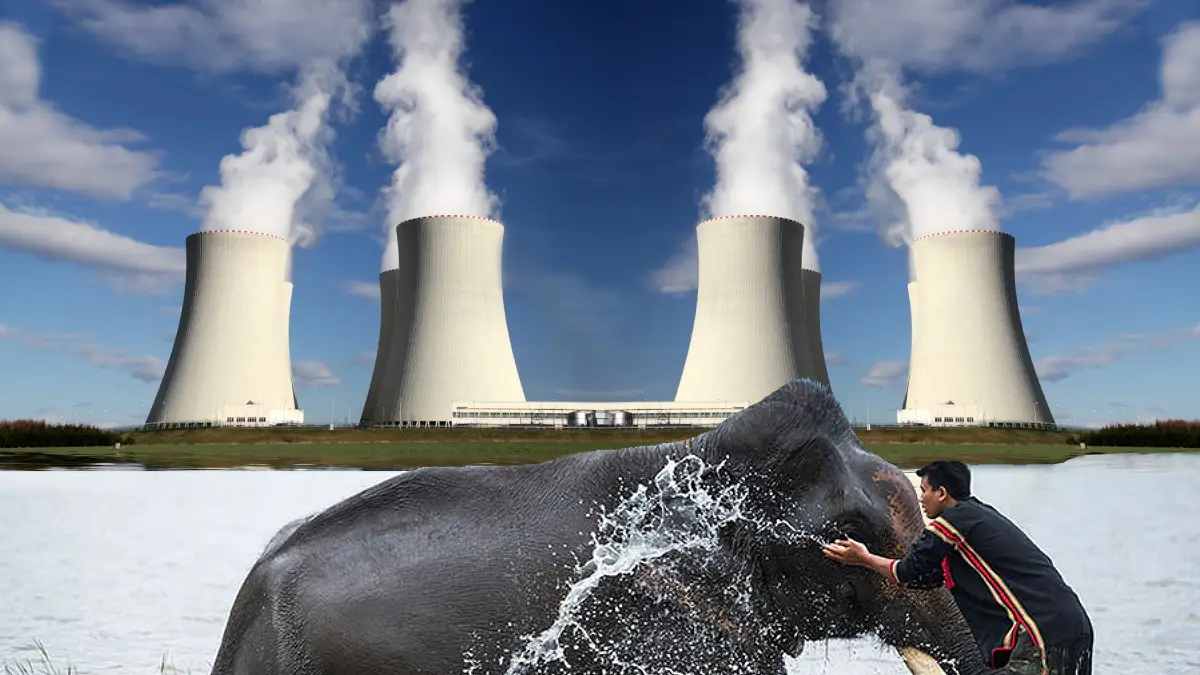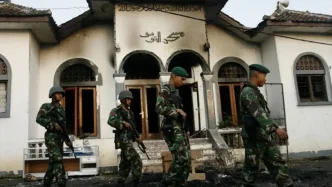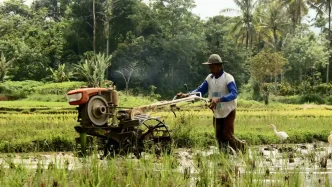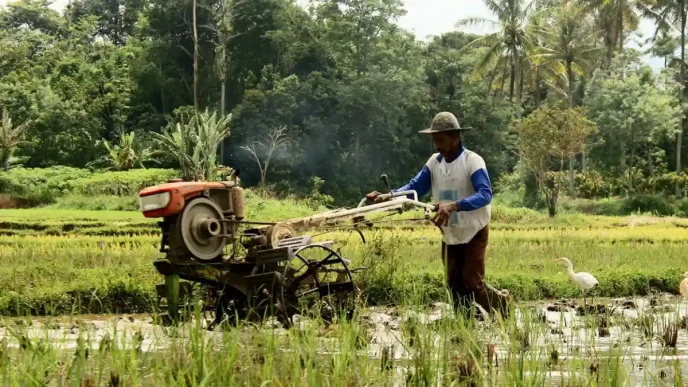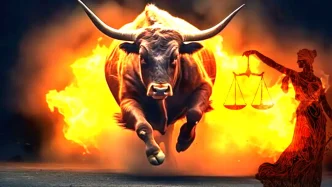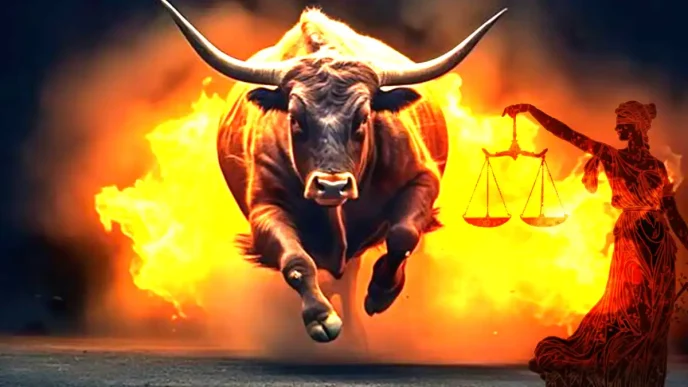In a significant step toward strengthening bilateral relations, Lao President Thongloun Sisoulith and Russian President Vladimir Putin have signed seven cooperation agreements, including a roadmap for nuclear collaboration, during a recent official visit to Russia. The agreements, finalized between July 30 and August 1, 2025, mark a pivotal moment in the 65-year diplomatic relationship between the two nations, with implications for energy, trade, and regional security in Southeast Asia.
A Historic Visit Amid Growing Cooperation
President Thongloun Sisoulith’s first official trip to Russia as Lao leader coincided with the 65th anniversary of diplomatic ties, a relationship rooted in the Soviet era. At the invitation of President Putin, the Lao delegation engaged in high-level talks aimed at deepening collaboration across multiple sectors. According to a statement from the Lao Ministry of Foreign Affairs, the discussions spanned politics, security, national defense, economic issues, trade, investment, education, and tourism.
The talks culminated in the signing of seven joint documents, a move signaling both countries’ commitment to a multifaceted partnership. Among the most notable agreements is a roadmap for cooperation in the nuclear sector, reported by the Russian news agency TASS. This development comes as Laos seeks to diversify its energy sources beyond hydropower, exploring the peaceful use of nuclear energy to meet growing domestic demand.
Nuclear Ambitions and Energy Diversification
Laos, a landlocked nation heavily reliant on hydropower for electricity, faces challenges in ensuring energy security amid fluctuating regional demand and environmental concerns. The nuclear cooperation roadmap with Russia represents a strategic pivot, potentially positioning Laos as a new player in the region’s energy landscape. While specific details of the nuclear agreement remain limited, the emphasis on peaceful use suggests a focus on research, capacity building, and possibly small-scale nuclear technology for power generation.
This move aligns with broader regional trends, as countries like Vietnam and Thailand have also explored nuclear options to complement renewable energy sources. However, Laos’s foray into nuclear energy raises questions about regulatory frameworks, safety standards, and public acceptance—issues that will likely shape the implementation of this roadmap in the years ahead. For now, the agreement underscores Russia’s growing influence in Southeast Asia’s energy sector, building on its existing nuclear partnerships with other nations.
Health, Education, and Legal Cooperation
Beyond energy, the agreements signed during the visit cover a wide array of collaborative efforts. A memorandum of cooperation in the sanitary and epidemiological sphere aims to bolster joint research on infectious diseases, provide technical assistance to Laos in combating infections, and train specialists for international health initiatives. This partnership is particularly significant given the region’s vulnerability to outbreaks and the lingering impact of global health crises.
In education, memorandums of understanding were signed between the Moscow State Institute of International Relations (MGIMO), the National University of Laos, and the Institute of International Relations, fostering academic exchanges and capacity building. Additionally, agreements on secondary education and water resource protection highlight the diverse scope of the Laos-Russia partnership. A notable legal agreement on mutual assistance in criminal proceedings further cements ties in security and law enforcement, potentially aiding cross-border crime prevention.
Trade and Connectivity: Expanding Cargo Routes
Economic ties were a central focus of the talks, with both leaders acknowledging a sharp rise in bilateral trade. President Putin noted that trade between Russia and Laos surged by 66 percent in 2024, with growth continuing at 20 percent year-on-year from January to May 2025, as reported by the Turkey-based news agency Anadolu Ajansi. To sustain this momentum, Russia plans to expand cargo transportation with Laos via rail and sea routes.
One proposed initiative involves increasing container transportation by sea from Laos to Vladivostok through Vietnam’s ports, a route that could enhance Laos’s access to global markets despite its landlocked geography. Additionally, plans are underway to organize railroad cargo transportation through China, further integrating Laos into regional trade networks. These developments signal a potential shift in logistics dynamics for Southeast Asia, with Laos poised to benefit from improved connectivity to Russian and Eurasian markets.
While the trade figures and proposals reflect optimism, challenges remain. Infrastructure gaps, bureaucratic hurdles, and geopolitical tensions could complicate the execution of these ambitious plans. Nonetheless, the commitment to expanding cargo flows underscores the economic dimension of the Laos-Russia relationship, complementing the political and security aspects of their partnership.
Symbolic Gestures and Personal Connections
Adding a personal and cultural touch to the visit, President Thongloun gifted a pair of elephants to President Putin and the Russian people, commemorating the 65th anniversary of diplomatic ties. Elephants, a national symbol of Laos—often referred to as the Land of a Million Elephants—represent strength and heritage. The Lao leader expressed hope that the animals could reside in a zoo in St. Petersburg, a city where he once studied, forging a personal connection to the gesture.
President Putin thanked his guest for the generous gift, noting that “they will come in handy” as reported by Viory, an Abu Dhabi-based video news agency. This exchange, while symbolic, highlights the cultural diplomacy at play, reinforcing bonds beyond formal agreements. President Thongloun also extended an invitation to President Putin for an official visit to Laos, a gesture aimed at reciprocating hospitality and sustaining high-level dialogue.
Political Dimensions and Regional Implications
The visit also carried broader geopolitical significance. President Thongloun, who serves as Secretary General of the Lao People’s Revolutionary Party Central Committee, held discussions with Dmitry Medvedev, Chairman of the United Russia Party. These talks likely focused on party-to-party cooperation, reflecting the intertwined political structures of both nations and their shared emphasis on state-led development models.
For Laos, deepening ties with Russia offers a counterbalance to its traditional reliance on neighboring powers like China and Vietnam. Russia’s engagement in Southeast Asia, meanwhile, aligns with its broader strategy to expand influence in the Global South amid tensions with Western nations. The nuclear roadmap, in particular, could draw scrutiny from regional and international actors concerned about proliferation risks, even if the focus remains on peaceful applications.
Moreover, Russia’s support for human resource development in Laos, including increased scholarships for Lao students to study in Russian universities, as acknowledged by President Thongloun, reinforces soft power ties. This educational exchange, a longstanding pillar of their relationship, ensures a pipeline of Lao professionals with exposure to Russian expertise and perspectives, potentially shaping future bilateral interactions.
Looking Ahead: Challenges and Opportunities
As Laos and Russia embark on this enhanced partnership, several factors will determine its trajectory. The nuclear cooperation roadmap, while promising, requires careful navigation of technical, financial, and political challenges. Trade initiatives, particularly the proposed rail and sea routes, hinge on coordination with regional partners like Vietnam and China, whose own interests may influence outcomes.
Politically, the strengthened Laos-Russia alliance could reshape dynamics within ASEAN, where member states often balance relations with major powers. Laos’s growing engagement with Russia may prompt reactions from other stakeholders, including the United States and the European Union, who have expressed concerns over Russia’s global activities. For now, the immediate focus remains on implementing the signed agreements and translating commitments into tangible results.
As both nations celebrate 65 years of diplomatic ties, the outcomes of this visit signal a renewed chapter in their relationship. Whether through nuclear energy, trade connectivity, or cultural exchanges, Laos and Russia are laying the groundwork for a partnership with far-reaching implications. How these agreements unfold will be a key question for policymakers and observers in Southeast Asia and beyond.


